Nous sommes en Allemagne en avril 2024. The cost of an electricity kWh is over 45 euro cents for a private individual.
In France, kWh is billed at around 25 cents, compared with 15 cents ten years ago.
The outlook continues this trend, with a recent sharp rise in the cost of electricity.
Saving energy, and electricity in particular, is therefore becoming a real concern in both the residential and commercial sectors.
In this context, how can ceiling fans make a significant difference, with real impacts on metered consumption?
Summer season: how can combining ceiling fans with air conditioning reduce your bills?
Ideally, of course, you don’t need air conditioning. But when air conditioning is useful, ceiling fans will play an extremely beneficial role in hybrid cooling.
First of all, it should be remembered that ceiling fans produce a gain in perceived temperature that depends on the air speed, as shown in the table below.
| Air speed (m/s) | Equivalent cooling (°C) |
| 0 | 0 |
| 0,3 | 1 |
| 0,7 | 2 |
| 1 | 3 |
Figure 1: Data for average humidity and clothing conditions, values taken from the Woods Ventilation Guide
In summer, coupling ceiling fans with air conditioning can generate significant energy savings, by raising the set points. In a standard configuration with circulating fans (air speed = 0.7 m/s), the perceived temperature gain is 2°C. However, this 2°C gain (for example, by raising the set point from 26 to 28°C) results in energy savings of between 14 and 20%, as shown by a study published in the Australian Journal of Architects (see chapter 5.1 on p.8). In support of this data, a study carried out in Singapore in October 2023 by the University of California at Berkeley on 10 office and teaching premises shows a 27% reduction in consumption by raising the air conditioning set point from 24°C to 26.5°C, or 10.8% per degree.
What is the energy impact of ceiling fans compared with air conditioning?
The above savings take into account the energy consumption of ceiling fans.
These consume between 20 and 70 W for a standard 1.32 m diameter appliance on the market, compared with 1500 W for an air conditioning unit.
Ceiling fans consume between 20 and 75 times less energy than air conditioning.
In an article [i], the Association Française Professionnelle des Ventilateurs de Plafond (AFPVP) showed the impact of hybrid cooling (combining ceiling fans and air conditioning) on consumption in the Tours de la Défense. For the district as a whole, annual air conditioning consumption would fall from €93m to €72m (for savings of 105 GWh). The return on investment is estimated at less than 8 years.
Energy savings by combining air conditioning with Exhale ceiling fans: what are the results?
Purdue University in the United States has published a real-life study to assess the ability of Exhale ceiling fans to reduce energy consumption in buildings during the cooling season by increasing set points.
The survey (available in English) was carried out on 3 types of commercial premises (offices, hotels and education), and 3 climatic zones (tropical – Miami; temperate – New York and dry – Denver).
The study shows that the savings on cooling by raising the air conditioning set point by 2°C (4°F) are :
- in large offices, between 10.4% and 12.6%.
- in large hotels, between 10.3% and 15.6%.
- in lycées, between 5.0 and 13.4% (yes, lycées there have air conditioning…)
Unsurprisingly, the results are in line with the air flow rates of the Exhale air mixers, resulting in energy savings of around 5.6% per degree of set point, which is still very significant in real-life situations, given that this is a gentle air mixing technology. They demonstrate the benefits of destratification with Exhale in conjunction with air conditioning.
It should be noted that the consumption specific to Exhale appliances has not been deducted, but is well below the savings achieved.
How can I easily simulate air conditioning savings?
The website of the CBE (Center For the Built Environment) at the University of California, Berkeley, features an online tool designed to measure the impact of changing air-conditioning set points on VRV (Variable Refrigerant Volume) systems.
The tool available here allows you to set the heating and cooling setpoints.
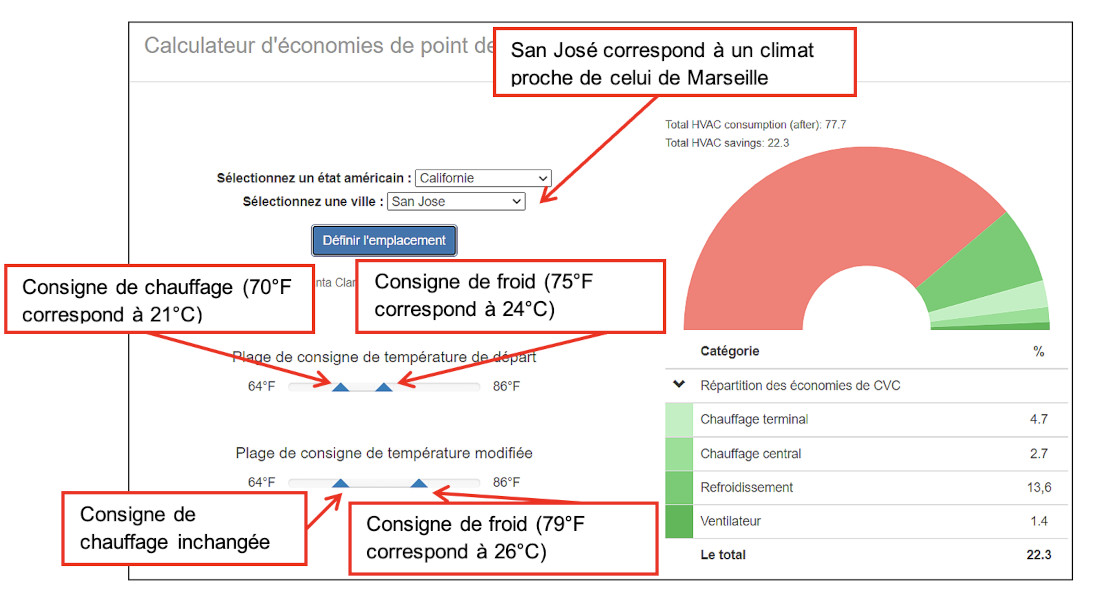
Figure 2: view of the EBC setpoint calculator, using the Chrome browser
This shows that raising the cooling set-point by 2°C results in savings of 22.3%. Note that the fan mentioned below the graph corresponds to the air conditioning auxiliaries. This simulation does not include consumption linked to ceiling fans. To run simulations for other French cities, you can use a weather comparator. The example presented here shows that a saving of between 7 and 10% per one-degree increase in air-conditioning appears to be entirely consistent, given that :
- an air speed of 0.7 m/s saves 2°C on the air-conditioning set point,
- Fan consumption accounts for a small proportion of air conditioning consumption.
What is the impact of “avoided air conditioning”?
The concept of “avoided air conditioning” is becoming increasingly popular in tropical zones, and is now being extended to temperate zones. It’s all about tackling one of the great challenges of our time: avoiding the expansion of air conditioning. An ADEME study carried out in 2020 [ii] takes stock of the situation: 25% of homes in mainland France will be equipped with air conditioners in 2020, compared with 14% in 2016/2017. The number of air conditioners is therefore growing rapidly, and solutions need to be implemented to avoid an excessive increase in the corresponding energy consumption.
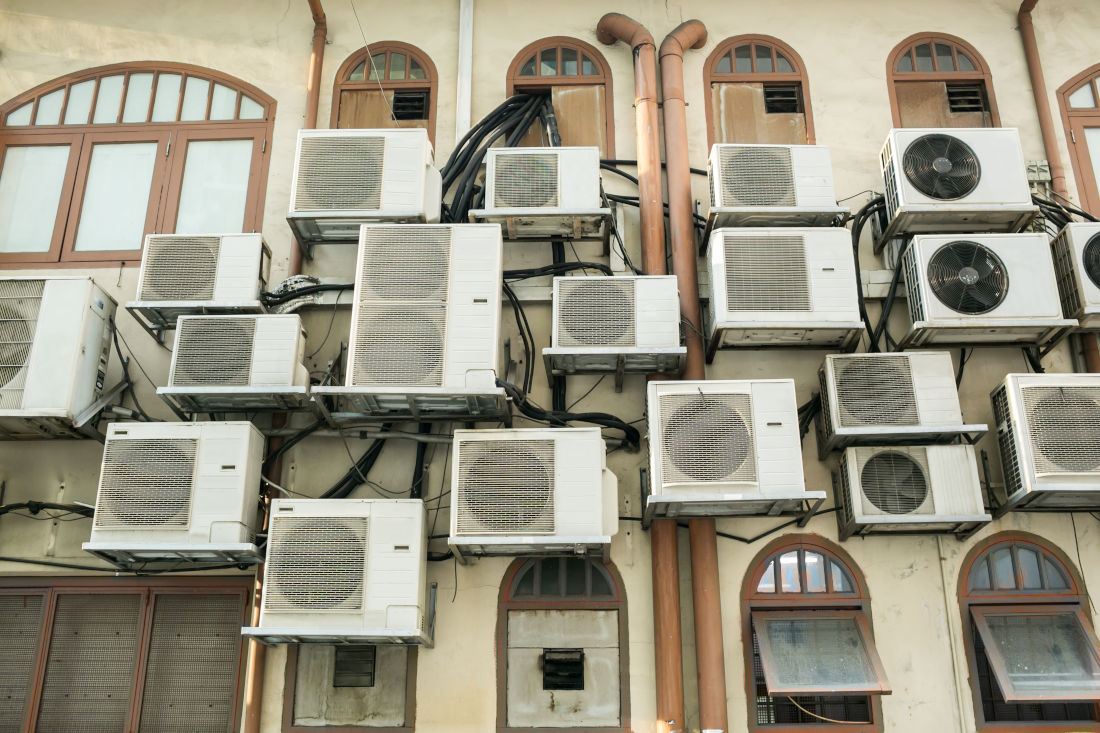
Figure 3: A wall of air conditioners in Singapore. Stop or stop again?
In the table below, we estimate the air conditioning requirements in mainland France for a typical home.
| Parameters | Value | Unit | Comments |
| Power requirements | 100 | W/m² | Estimate for a standard home [iii] |
| Housing surface area | 90 | m² | Average surface area housing – INSEE[iv] |
| Air-conditioned area | 33 | % | Estimate to date [v] |
| Air conditioning time per day | 4 | h | Between 4 and 8 hours |
| Number of days of air conditioning | 90 | j | Between 4 and 8 hours |
| Annual consumption | 1 069 | kWh |
Figure 4: Estimated air conditioning consumption for a standard home
Naturally, these values vary depending on the region and climate, but they give an interesting idea: just over 1,000 kWh are consumed per home with air conditioning.
For the record, electricity consumption in France in 2023 will be 445.4 TWh (for the record, one TWh = one billion kWh).
With 31 million primary residences in France, and an equipment rate of 25%, we can estimate summer air conditioning consumption at 8.3 TWh.
This figure, although higher, seems consistent with the estimate published by ADEME for 2020, which considers that residential consumption will be close to 4.9 TWhi.
However, these figures only concern homes! In the commercial sector, air conditioning is estimated at 10.6 TWh in 2020, ¾ of which will come from offices and shops.
The savings that can be made in the education and office sectors by avoiding the use of air conditioning are described in the report Natural ventilation for summer thermal comfort in high-performance office buildings.[vi]
In this case, the gains are between 5 kWh/m²/year (Alpes-Auvergne) and 35 kWh/m²/year (Mediterranean).
Once again, to be fully satisfactory, total elimination of air conditioning requires a series of actions on buildings and behaviour:
- sun protection,
- manual or automatic closing of windows,
- night-time ventilation,
- roof insulation,
- vegetation,
- colour of joinery and walls…
At a time when the energy stakes are so high, it goes without saying that it’s in everyone’s interest to curb the expansion of air conditioning. So any solution that goes in this direction is a good one.
Mid-season: delaying the start-up of the air conditioning, anticipating its shut-down?
En mi-saison, dans les locaux non climatisés, la présence de ventilateurs de plafond permet d’éviter l’équipement en climatisation.
For premises that are already air-conditioned, ceiling fans can be used to start air-conditioning later and stop it earlier in hot weather.
In France, early heat generally arrives in May, and summer frequently extends into October.
The precise evaluation of the duration of the cooling period is of course linked to the design of the building on the one hand, and the behaviour of the users on the other.
Dynamic thermal simulation modelling, which is now commonplace, is able to specify the number of hours of discomfort above different temperature thresholds. On this basis, it is easy to see the number of hours that can be eliminated by ceiling fans by referring to Figure 1.
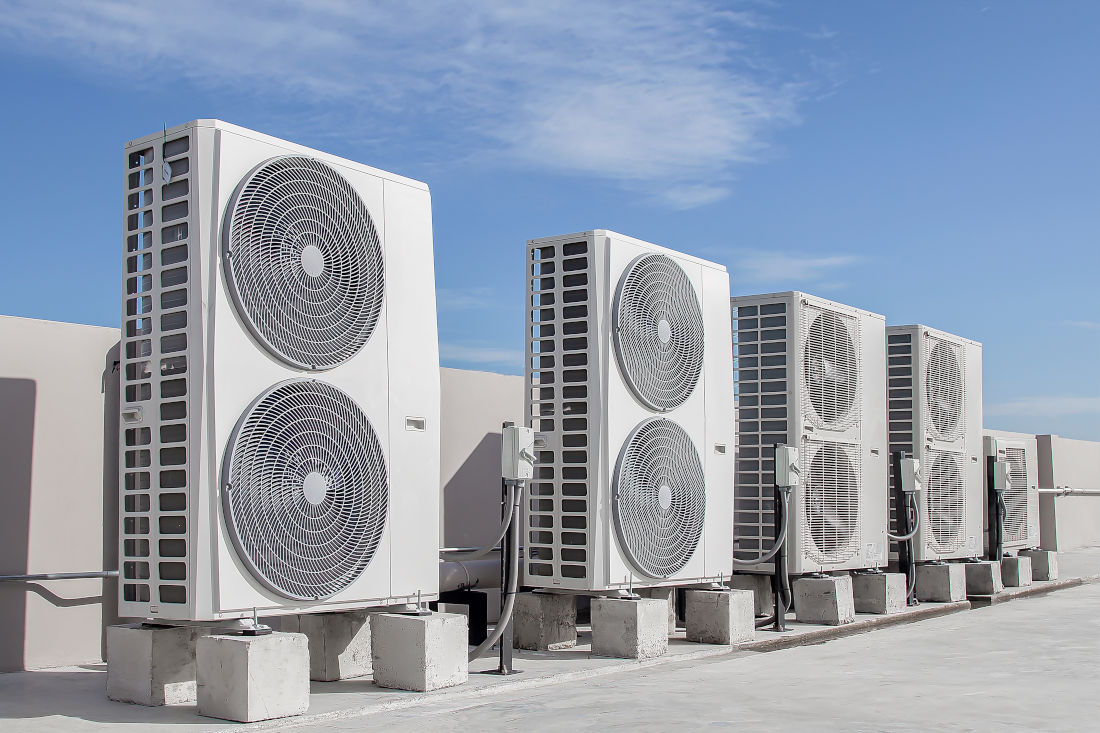
Figure 5: Rooftop air conditioning units
However, we can estimate that there are 30 days a year when the simple presence of ceiling fans can defer the start-up of air conditioning. Based on the previous study, the saving in kWh would be in the region of 300 kWh per year.
Considerable savings with destratification in winter?
In winter, destratification by ceiling fans brings energy savings of up to 3% per metre of ceiling height.
This works equally well in homes and business premises.
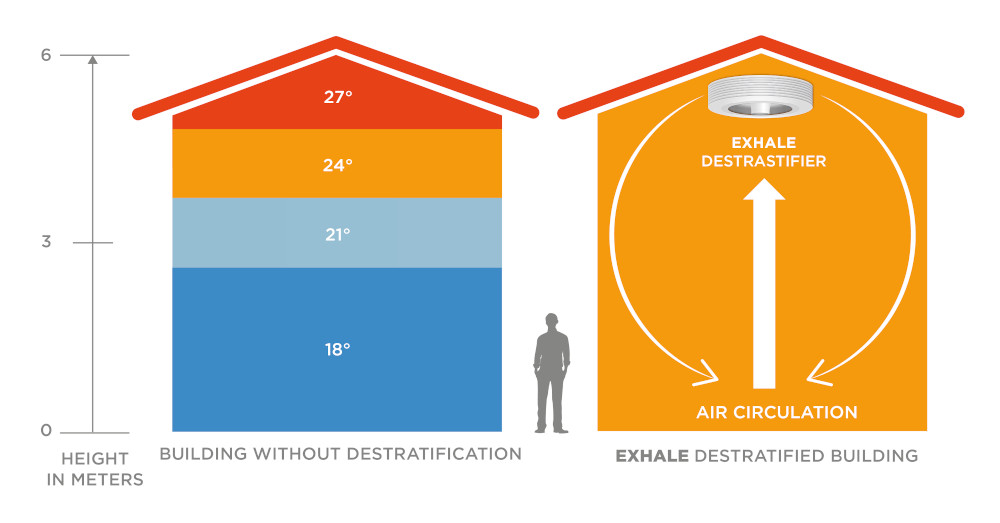
Figure 6: Illustration of the concept of delayering
In high-rise premises[vii] (hypermarkets, heated warehouses, etc.), energy savings exceed 30%.[viii] In the field of industrial buildings, there is also an energy saving certificate[ix] which promotes the installation of air fans for destratification. GVFR (High Volume Low Speed) or HVLS (High Volume Low Speed) air movers are the models recommended for this type of configuration. These units are over 2.13 m in diameter[x].
Calculate the return on investment for ceiling fans
A return on investment calculation depends on the context, and we recommend that the reader have it carried out by a specialist consultancy firm.
However, below is a calculation that can be used to produce a rough profitability analysis. It is based on a typical dwelling with a ceiling height of 2.50 m, all electric.
The reasoning takes into account operation during both the summer and winter seasons.
Ceiling fan prices are estimated including installation.
Our table adds up the summer and winter benefits of ceiling fans.
In our approach to hybrid cooling in summer (combining air conditioning and ceiling fans), we plan to set the temperature at 29°C instead of 26°C. The operation of the ceiling fan results in a 2°C gain in perceived temperature, so the result will be 27°C, which is satisfactory. Thermal discomfort is usually considered to begin above 28°C.
For winter destratification, the energy saving is based on 7.5%. This is equivalent to a reduction of 3% for each metre of ceiling height.
Eliminating air conditioning results in a return time of 4 years; coupling ceiling fans with air conditioning and heating results in a return time of 13 years. In the latter case, the benefits of air conditioning are maintained for extreme heat events.
Here are the calculation assumptions.
General and summer data
- Surface area: 90 m² (90 sq.m.)
- No. of ceiling fans: 2 (equipment covering 1/3 of the surface area of the dwelling, see figure 4)
- Cost of air blower: €500 incl. VAT installed
- Annual air conditioning consumption: 1069 kWh (see figure 4)
- Air-conditioning savings: 30% (10% per degree of set point with 3°C; when the set point is increased to 29°C, it is felt to be 27°C)
- Average summer fan power: 36 W (speed 5, Samarat model)
- Summer fan operating time: 4 h/day
- Summer cooling operating time: 90 days
- Cost per kWh incl. VAT: €0.25
Winter data
- Annual heating consumption: 9,000 kWh (based on 100 kWh/m²)
- Energy savings in destratification (over an area of 1/3 of the surface, see figure 4): 7.5%, based on a gain of 3% per metre of ceiling height, at minimum speed.
- Average winter fan power: 6 W (speed 1, Samarat model)
- Winter fan operating time: 12 h/day
- Winter heating operating time: 210 days
Based on the above data, here are the results in terms of consumption, costs, savings and gross payback times.
| Summer consumption of ceiling fans (kWh) | 26 |
| Air-conditioning costs incl. VAT without ceiling fans | 267 € |
| Summer operating cost ceiling fan incl. VAT | 6 € |
| Air-conditioning savings incl. VAT with BA | 74 € |
| Winter consumption of ceiling fans (kWh) | 30 |
| Cost of heating (incl. tax) in the area concerned [xi] | 371 € |
| Winter operating cost ceiling fan incl. VAT | 8 € |
| Heating savings incl. VAT with BA | 28 € |
| Return time if air conditioning removed [xii] | 4 years |
| Return time for air conditioning and heating [xiii] | 10 years |
Figure 7: Return time simulation
We should also bear in mind that air conditioning has a maintenance cost of around €10/m² per year[xiv], compared with virtually no cost for ceiling fans.
Beyond energy savings?
Energy savings and cost-effectiveness are classic and effective arguments for taking action. In this respect, the data presented in this article is intended to encourage changes that combine rational thinking with good environmental intentions. However, there are many other arguments for installing ceiling fans on a large scale. These include the fight against heat islands. In towns and cities, the installation of air conditioning creates a vicious circle: to keep the cold inside, hot air is drawn in from outside, reinforcing heat islands. The presence of air conditioning in the Paris region increases the average outside temperature by two degrees.[xv]. In short, beyond monetary issues, let’s also show our common sense.
[i] https://www.afpvp.fr/tours-de-la-defense-comment-faire-100-000-mwh-deconomies-par-an/
[ii] Reference : https://presse.ademe.fr/2021/06/la-climatisation-vers-une-utilisation-raisonnee-pour-limiter-limpact-sur-lenvironnement.html
[iii] Engie website : https://particuliers.engie.fr/depannages-services/conseils-equipements-chauffage/conseils-installation-climatisation/calcul-puissance-clim.html
[iv] See INSEE : https://www.insee.fr/fr/statistiques/3303460?sommaire=3353488
[v] Source : https://www.cairn.info/revue-responsabilite-et-environnement-2018-2-page-5.htm?contenu=resume
[vi] Rapport Ventilation naturelle pour le confort thermique d’été dans des bâtiments de bureaux « performants » – 2022 – Robert Célaire, Loïc Frayssinet, Khedidja Mamou, Thierry Rieser and Benoit Ramos – p.57
[vii] Source: study published in the revue australienne des architectes (see p.9).
[viii] EDF R&D study: https://www.edf.fr/entreprises/le-mag/le-mag-entreprises/conseils-energie-competitivite/pourquoi-s-equiper-d-un-destratificateur-d-air
[ix] On the Ministry of Ecology website: https://www.ecologie.gouv.fr/sites/default/files/IND-BA-110%20v%20A20-2.pdf
[x] As defined by the US Department of Energy, see p.19 : https://www.energy.gov/sites/prod/files/2014/09/f18/ceiling_fans_nopr.pdf [xi] This calculation gives the heating consumption of the area affected by destratification for the duration of the operation of the fans.
[xii] Payback time if air conditioning removed = [Total cost of BA] / [Total air conditioning consumption – specific consumption of summer BA + savings linked to winter destratification – specific consumption of winter BA].
[xiii] Payback time for coupling air conditioning and heating = [Total cost of BAs] / [savings achieved by raising the air conditioning setpoint + savings linked to winter destratification + specific consumption of BAs in summer and winter].
[xiv] Feedback from Enerpos, St-Pierre de la Réunion – https://cdn.s-pass.org/SPASSDATA/attachments/2020_04/17/5f7f4e34a5fe6-d78852.pdf [xv] Source : https://www.wedemain.fr/dechiffrer/a-paris-la-climatisation-risque-daggraver-les-canicules/
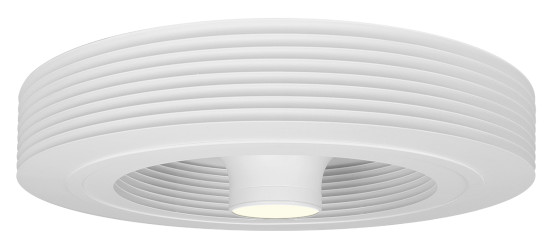
Exhale, the first vortex-effect bladeless ceiling fan
Are you a professional? We have a dedicated area for you.
Find Exhale Fans Europe on Linkedin

